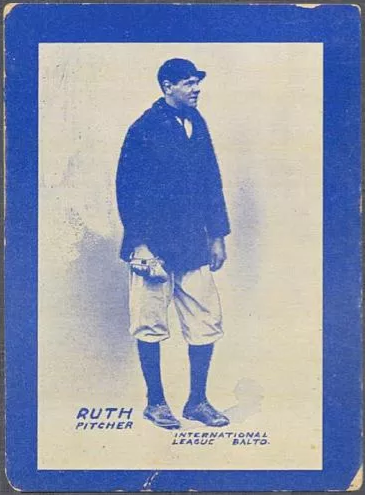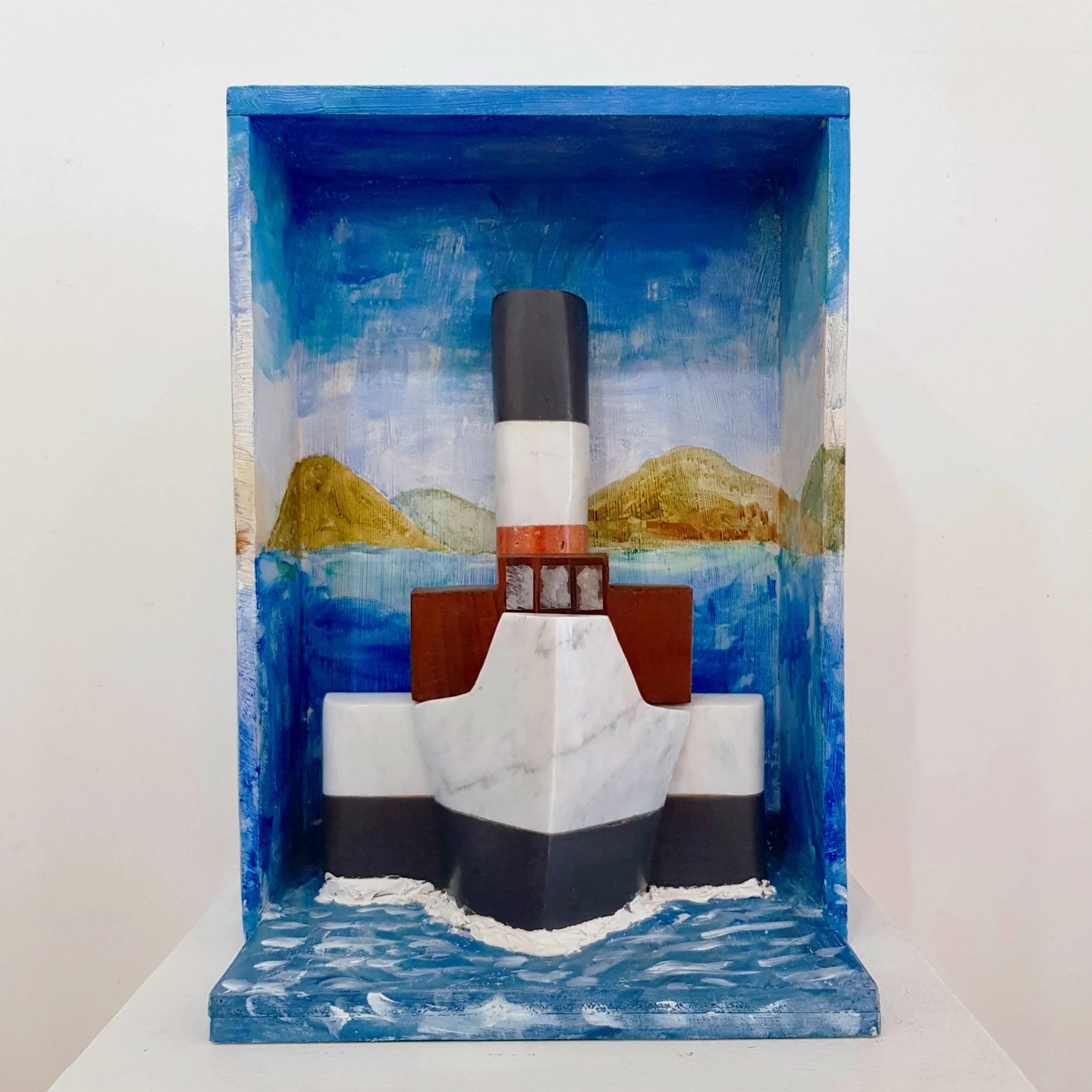Thanks for the Memorabilia
29 April 2021
Hobby or investment? The market for sports collectibles like baseball cards and football boots varies wildly between the US and the UK.
James Fisher
James Fisher writes features and sport for Country Life magazine. Originally from New York, and now living in London, he often stays up late watching his beloved Yankees.
1952 Topps Mickey Mantle #311 PSA Mint 9. Sold for $5.2 million at auction in January 2021, having previously sold for $2.88 million at Heritage Auctions in April 2018.
Image courtesy of Heritage Auctions, HA.com.
Somewhere in Suffolk in a drawer surrounded by old socks there’s a box with my baseball cards. You’ll find faces like Derek Jeter, Bernie Williams and Tino Martinez (all part of a famous Yankees team from the early 2000s that I watched growing up in Manhattan). There’ll be an Alex Rodriguez card from his days on the Seattle Mariners, whose fame these days is more for getting unceremoniously dumped by Jennifer Lopez than anything he did on a diamond. There is also a Babe Ruth card.
Babe Ruth is a name you probably know, but you probably don’t watch baseball. You know it’s something to do with strikes, and home runs, and spitting, but you probably don’t know the rules and you probably don’t know that people throw hotdogs at each other in the stands. You know who Babe Ruth is, though, and when I said I had a baseball card with him on it, you probably thought ‘hey, that’s probably quite valuable’. It’s not, but one printed in 1914, for the Baltimore News newspaper, is worth close to $1 million, depending on its condition. A 1952 Topps card of Mickey Mantle is worth five times as much, selling at auction for $5.2 million in January, having previously sold for $2.88 million in April 2018. These are small pieces of printed paper with more value than most Impressionist paintings.
But why? There is no skill involved in making a baseball card, no back story of drinking turpentine or of unrequited love that manifest themselves in pictures of the French countryside. They are emotionless and a bit ugly. Baseball players are renowned for being some of the most unattractive sportsmen around. Their value comes from scarcity. A ‘rookie’ card, made in a player’s first year in the professional game, is often the most valuable. Mike Trout’s rookie card from 2009 sold for $3.9 million last summer. The guy’s still playing baseball. It’s not limited to baseball either, as a rookie card for basketball’s LeBron James sold for $5.2 million just last week.
It’s not just scarcity in production, but also scarcity in condition. That Mickey Mantle card mentioned earlier broke headlines after being sold in January, but it is not the only 1952 Topps Mickey Mantle out there. That card, and five others, were graded at 9/10 by PSA, the authority on baseball-card conditioning. There are three Mickey Mantles from 1952 that have been graded at 10, however, and while it's impossible to say exactly how much they are worth as none have been up for auction in some time, it is rumoured that one card owner was offered $10million and declined the offer.
1914 Baltimore News Orioles, Babe Ruth card.
Unknown author, Public domain, via Wikimedia Commons.
Does the UK have an equivalent? In the name of research, I typed ‘David Beckham Boots’ into Google and was promptly presented with his latest line of perfumes and scents stocked by a well-known high street chemist. An original copy of the Sheffield Rules for football made a cool £881,250, while the original manifesto for the modern Olympic Games is the most expensive piece of memorabilia ever sold at about $8.8 million in 2019. But what of the shirt worn by Geoff Hurst in the 1966 football World Cup Final I hear your ask. Despite being offered by Sotheby’s in 2016, it went unsold, failing to meet its reserve. Perhaps the auctioneers overvalued it, or perhaps buyers were unsure whether it would hold its value.
Pierre de Coubertin, ‘The Olympic Manifesto’, autograph manuscript, 14 pages (280 x 180 mm). Sold for $8.8 million at Sotheby’s in December 2019.
Image courtesy of Sotheby’s.
Whereas collecting sports memorabilia in the UK is something of a hobby, in the US it is to be taken seriously as an asset class, on par with property, fine art and automobiles. When looking down the list of the most expensive pieces of sports memorabilia ever sold, 7 of the top 10 items are related to baseball, and three of those seven are directly related to Babe himself. ‘I deal with hedge fund managers and venture capitalists’, Ken Goldin, founder of Goldin Auctions, told ESPN. ‘I've had people with a liquid net worth of $500 million to multi billions tell me this is not a short-term thing: Sports cards are part of their asset allocation from now on.’ Dr John List, a Nobel prize nominated economist, agrees, and told ESPN that he was surprised Wall Street didn’t get involved sooner. ‘When you think about typical assets that hedge funds invest in, you think equities, stocks, bonds, commodities and currencies. That's where art and Americana come in: stable assets that hedge other parts of portfolios,’ List says. ‘The sports card market does well because it's part nostalgic, part art and part investment potential. That combination is what's magical’.
For guys like me collecting sporting goods manifests itself mostly in dodgy football shirts from the 80s and 90s. They are never sealed away, but rather worn on the five-a-side pitch in a desperate attempt to cover up my lack of talent with some kind of dazzle camouflage. Perhaps if I were to somehow own a cricket bat used by an England player, I would leave it at home, but only because blaming my equipment is all I have left most days.
In the US, when it comes to memorabilia, it has gone beyond hobby collecting and into the realm of business, where cards and signed baseballs exist as convenient ways to store money and get rich. In the UK, there still remains a more passionate connection between the item and the fan. If I found David Beckham’s football boots, I would play football in them. If I came into possession of Joe Root’s cricket bat, I would try to hit sixes with it. And if I check my baseball cards, and find a Mickey Mantle from 1952, I would invite you all to my new house in the South of France.







